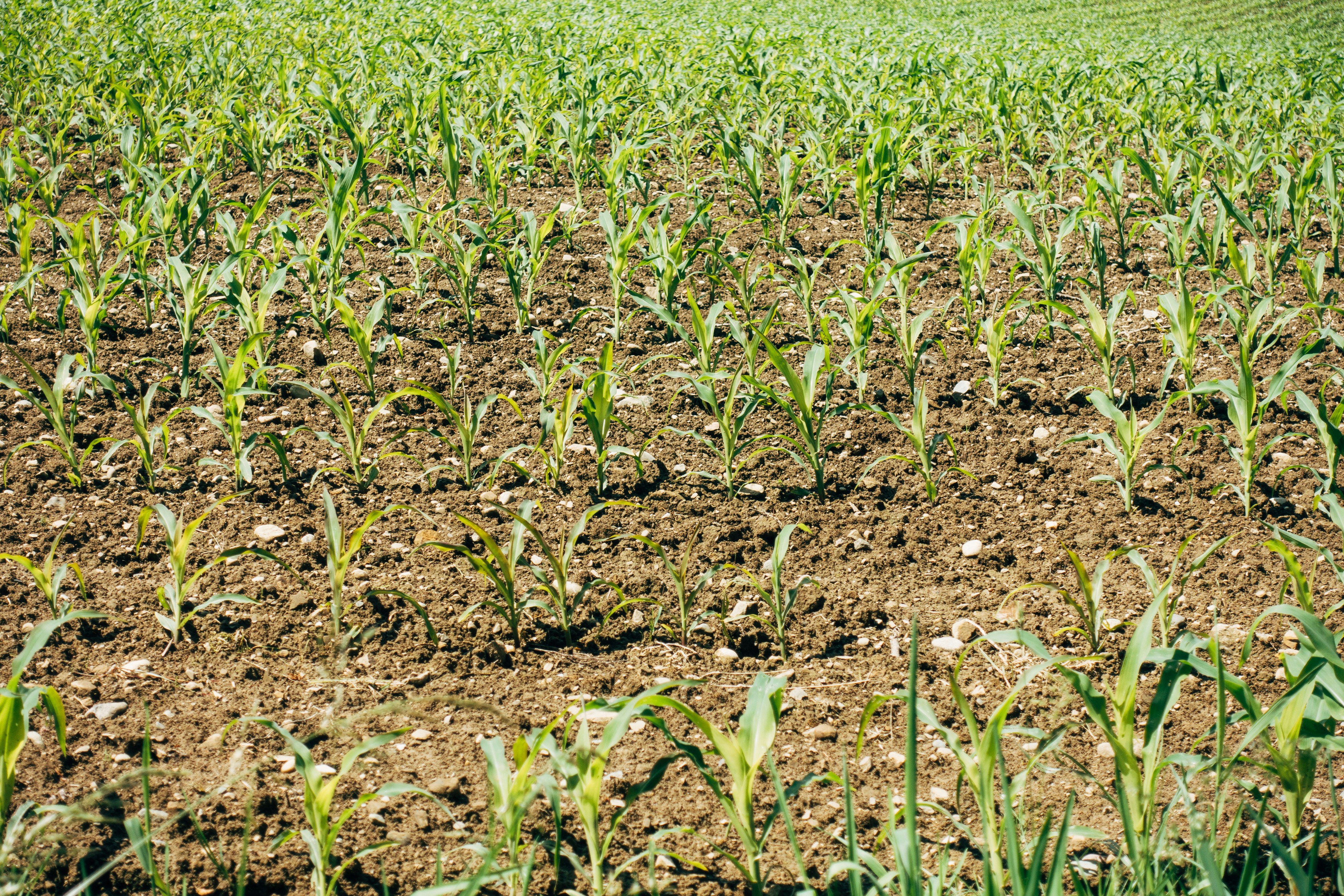Key Takeaways
- A novel nano bio-fertilizer encapsulation method was developed using chitosan, alginate, and humic acid.
- These nanocapsules, containing essential agro-nutrients (NPK) and beneficial microorganisms (Pseudomonas Fluorescence), showed enhanced structural and morphological properties.
- The encapsulation method demonstrated superior performance in sustained release of NPK compared to non-crosslinked nanocapsules.
- The new method promises to mitigate environmental impact, enhance plant growth, and reduce reliance on conventional agrochemical fertilizers.
- Comprehensive analyses confirm the potential for environmentally conscious controlled release of nutrients.
Introduction to the Nano Bio-Fertilizer Encapsulation Method
A groundbreaking study by Hamed et al. (2024) introduces a novel method for encapsulating nano bio-fertilizers, aiming to revolutionize sustainable agriculture. The researchers developed nanocapsules by crosslinking chitosan and alginate with humic acid, designated as (Ch./Alg.HA.NPK) and (Ch./Alg.HA.NPK.PGPRs). These capsules are designed to carry nanoscale essential agro-nutrients (NPK) along with beneficial microorganisms, specifically Pseudomonas Fluorescence (P. Fluorescence).
Structural and Morphological Analyses
The study employed advanced analytical techniques to evaluate the structural and morphological properties of the nanocapsules. Fourier Transform Infrared (FTIR) spectroscopy, Thermogravimetric Analysis (TGA), Scanning Electron Microscopy (SEM), Malvern Zeta NanoSizer, and Zeta potential analysis were utilized. These methods confirmed the successful encapsulation and stability of the nutrients and microorganisms within the nanocapsules.
Encapsulation Efficiency and Water Retention
Compared to non-crosslinked nanocapsules, the new encapsulation method demonstrated higher efficiency and water retention. This indicates that the encapsulated nutrients and microorganisms are more effectively preserved and available for plant uptake over extended periods. This efficiency is crucial for reducing the frequency of fertilizer application, thus lowering labor and material costs for farmers.
Sustained Release of Nutrients
A key feature of the Ch./Alg.HA.NPK and Ch./Alg.HA.NPK.PGPRs nanocapsules is their ability to release nutrients gradually. The study showed a sustained cumulative release of NPK over 30 days, with release rates of 33.2%, 47.8%, and 68.3%. This slow release ensures that plants receive a steady supply of nutrients, enhancing growth and reducing the risk of nutrient leaching into the environment.
Release Mechanism and Environmental Impact
The release mechanism of the nutrients was further analyzed using the Korsemeyer-Peppas Mathematical model, which confirmed the superior performance of the crosslinked nanocapsules. This controlled release reduces the environmental impact by minimizing nutrient runoff and pollution. Consequently, the method supports environmentally friendly farming practices by reducing the reliance on conventional agrochemical fertilizers, which are often associated with negative environmental effects.
Read more here.
Photo by Markus Winkler on Unsplash


